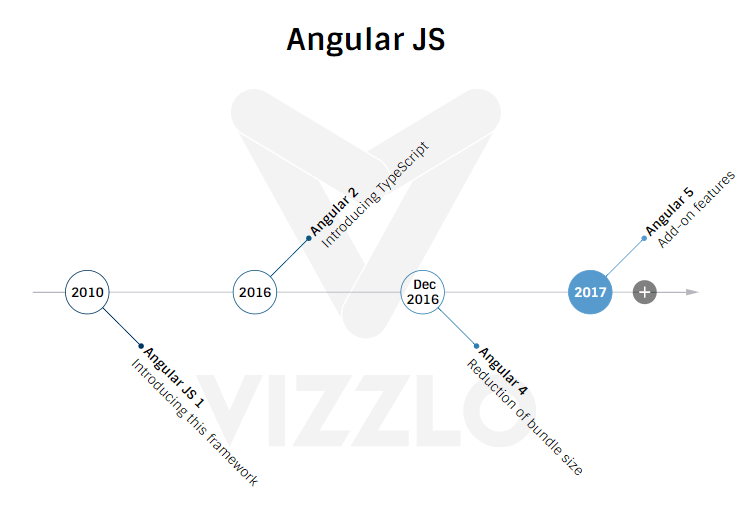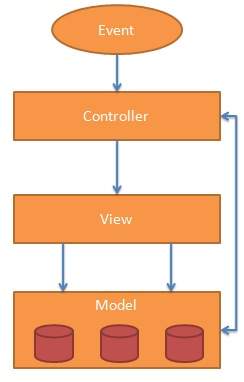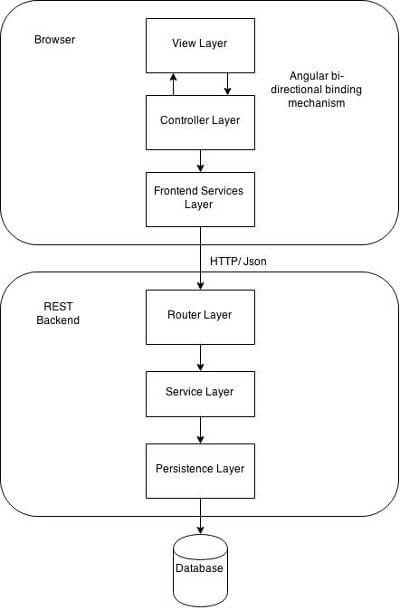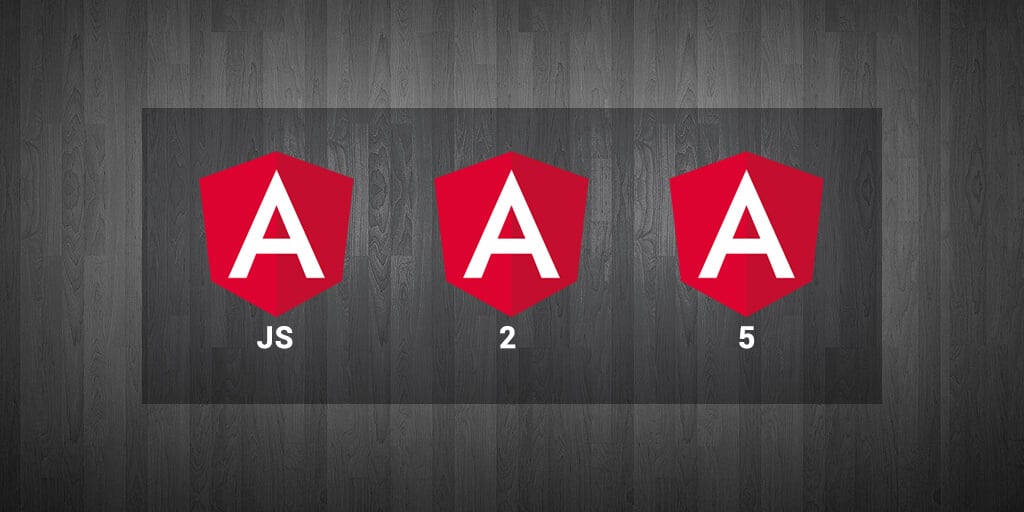AngularJS is defined as a powerful JavaScript Framework. It is primarily used as a Single Page Application (SPA) projects. The framework is known for it’s extended features with additional attributes and makes it more responsive to user actions.
It is an open source framework used by thousands of developers and it is licensed under the Apache license version 2.0.
Features of Angular JS:
- It is a structural web framework for dynamic web apps.
- It is used to build large scale and high-performance web applications.
- The application created in Angular JS is a cross-browser compliant.
- It followed a MVC design pattern which was later moved to service controller pattern.
AngularJS has evolved rapidly in last 5 years. Each version provides a great impact on performance and security. The migration between these versions were smooth for the AngularJS developers.
The following timeline shows the advancement of versions of Angular JS which happened in due course of time.

Let’s analyze the different versions of Angular JS with core points as mentioned below: –
- Architecture
- Use of TypeScript
- Mobile Support
- Component-based UI
- SEO Friendly
Architecture: –
Angular version 1.0 follows design pattern of Model-View-Controller where it separates the design and business logic.
The MVC design pattern followed by Angular 1 is depicted as follows:

Angular 2 follows the architecture of service/controller. There are meager chances of upgrading applications developed in Angular 1 to Angular 2. In such a scenario, developers rewrite the entire application code.
The bundle size is reduced by 60% due to which application development is accelerated in a tremendous way.
The complete architecture of Angular 2, 4 and 5 is service and controller design pattern.

Use of TypeScript:
v 1.0 vs. v 2.0
Angular JS version 1 uses JavaScript to build the web application. From Angular v2.0, team introduced the typescript to write the application.
TypeScript scripting language is considered as superset of JavaScript which helps in creating structured code.
Dart can be used by developers along with TypeScript in version 2.0.
v 2.0 vs. v 4.0
Angular v4.0 is compatible with newer versions TypeScript 2.1 and TypeScript 2.2. The new compatibility helps in better type checking and enhanced IDE features of Visual Studio Code will help in better understanding.
v 4.0 vs. v 5.0
Angular 5.0 also uses TypeScript but includes ECMAScript 6 syntax for creating components and module declaration.
Mobile Support:
Angular 1.0 has lack of mobile support but from version 2.0 it provides mobile application development. Angular 2.0 provides enhancement of mobile support for developing native mobile applications. The framework includes two basic layers for mobile application development namely: application layer and rendering layer. This architecture is maintained in all versions released after Angular 2.0.
Component-based UI:
The design pattern for Angular v1.0 is completely focused on MVC (Model- View- Controller) where the controller played an important role in interaction of different modules. The controllers were eliminated from the release of Angular v2.0. From the launch of Angular v2.0 till date (i.e. Angular v5.0) the UI is component based. This UI helps the developer divide the web application in components with desired features.
Components helps in improving the flexibility and reusability as compared to the earlier version of Angular v1.0
SEO Friendly:
Angular v1.0 had a major drawback in developing Single Page Applications which is search engine friendly. Developing SEO friendly applications was the major difficulty.
This drawback was eliminated from the release of Angular v2.0, where all AngularJS development services build search engine friendly Single Page Applications. The web applications render HTML at the server side.
Features of Angular 5:
The release of Angular 5.0 makes application development smaller, faster and easier to use.
Build Optimizer: – Production builds are created with the help of the CLI (Command Line Interface).
DOM support: – Angular 5 includes various features like class binding and property binding which helps in DOM support.
Whitespace: – It’s up to developers to choose the implementation of whitespace which are implemented in components. The declaration of whitespace is defined in component decorator where it is true by default.
HttpClient: – Introduction of HttpClient is like adding a feather to the cap using this framework.
Standardization: – Angular 5 provides increased standardization across the browsers. This provides support to multiple languages as well.
Conclusion: –
The web application development using AngularJS provides a more secure, flexible and scalable product. The applications built in Angular v1.0 can’t be upgraded to Angular v2.0 as there was major change in architecture of the application. On the other hand, it is a simple and easy task to upgrade from Angular 2.0 to 4.0 and latest version Angular 5.0.
Introduction of TypeScript and components of application are major changes in the versions which were released from Angular v2.0.
With the latest version of Angular namely Angular v5.0, multiple names are supported for both directives and components.




